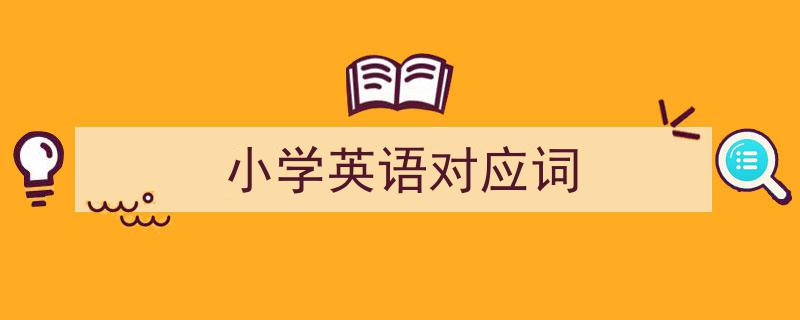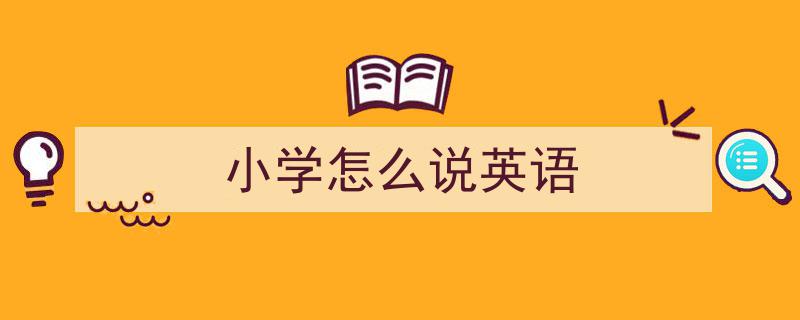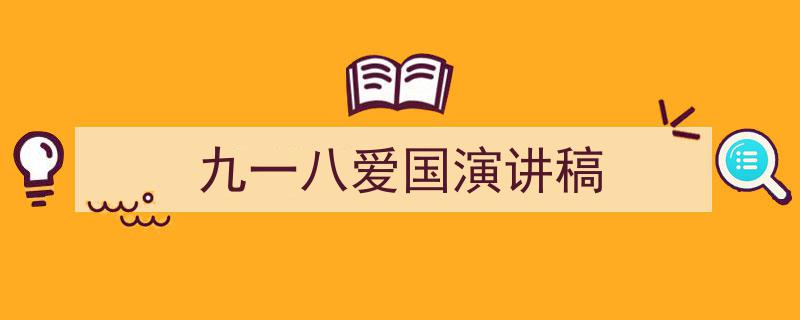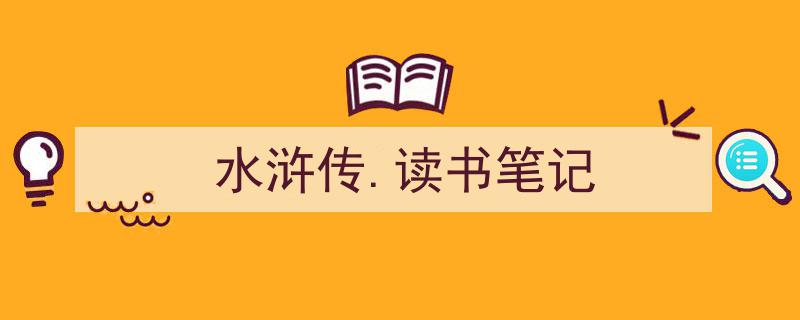欢迎来到58原创网网
怎么写《小学英语对应词》才能拿满分?(精选5篇)
更新日期:2025-08-20 20:44

写作核心提示:
这是一篇关于小学英语对应词作文应该注意哪些事项的作文:
"小学英语对应词作文写作要点"
小学英语对应词作文,通常是指要求学生将中文词语或短句用正确的英文单词或短语表达出来的练习。这种练习是小学英语学习中的基础环节,对于打好词汇基础、提高用词准确性至关重要。要想写好这类作文,同学们需要注意以下几个关键事项:
"一、 词汇掌握要牢固"
这是最基本也是最重要的一点。写对应词作文,首先必须确保你认识的中文词,在英语中知道对应的、最准确的英文单词是什么。这就要求我们在平时学习中,不仅要认识单词,还要注意其拼写、发音和基本用法。对于易混淆的单词,比如“大” (big/large)、“好” (good/well/bad) 等,要特别注意区分。遇到不熟悉的中文词,要主动查阅字典或请教老师,确保用词的准确性。
"二、 注意词形变化"
英语单词并非一成不变。同一个词根据其在句子中的语法功能(如主语、谓语、宾语、定语、状语等)或数、格的变化,形式会不同。例如,“看”对应的词是“see”,如果是动词的第三人称单数形式,就要写成“sees”;如果是过去式,就要写成“saw”。还有名词的单数和复数形式(如“apple”变成“app
小学英语12大类必备词汇,启蒙阶段一定要掌握!
小学阶段是孩子英语词汇量积累的“黄金期”,如果词汇没打牢,后面听力、阅读、作文都会卡壳。很多孩子背单词时又枯燥又容易忘,一看到英语就头疼。
我整理了一份 《小学英语必备常用单词全图解》,涵盖孩子日常学习和生活中最常用的 10大类词汇,每个单词都配有高清图像+中英对照,让孩子一看就懂、一记就会;还按主题分类,方便复习和查找。
亮点1:高清图像+中英对照,孩子一眼就能把单词和实物对应起来,记忆更牢。
亮点2:按主题分类,方便孩子按场景记忆和复习,效率翻倍。
亮点3:生活化应用,学了马上能用到口语、作文、阅读中。
无论是课堂学习、课后复习,还是考前冲刺,这份资料都能帮孩子快速提分。而且孩子喜欢看图,不会有背单词的抗拒感。
建议家长收藏+打印+转发,放在孩子的书桌旁或随身带着,随时翻一翻,让英语学习变得轻松又高效!
小学英语1-6年级高频句型汇总
4询问时间或日期
1. What time is it now? 现在几点钟?It’s nine o’clock.It’s time for English class.九点。该上英语课了。It’s eight o’clock. It’s time to go to bed. 八点。该上床睡觉了。
2.What day is it today? 今天星期几?It’s Monday. 星期一。
3.When is your birthday? 你的生日是什么时候?It’s October 1st, ourNational Day. 十月一日,国庆节。
4.When do you do morningexercises? 你们什么时候做早锻炼?I usually do morning exercises at 8:30. 我们通常8:30做早锻炼。
5询问方位或地方
1. Where is my toy car? 我的玩具汽车在哪儿?It’s here, under thechair. 在这儿,在椅子下面。
2.Where is the canteen? 餐厅在哪儿?It’s on the first floor 在一楼。
3. Where are the keys?钥匙在哪儿?They’re in the door. 在门上。
4.Excuse me. Where is thelibrary, please? 对不起,请问图书馆在哪儿?It’s near the postoffice. 在邮局附近。
5. Where does the rain comefrom? 雨是从哪儿来的?It comes from the clouds. 它是从云层里来的。
6询问想吃的东西
1.What would you like forbreakfast / lunch / dinner ?你早餐/中餐/晚餐想吃点什么?I’d like some bread andmilk / rice and soup.我想吃面包和牛奶/米饭和汤。
2.What’s for breakfast / lunch / dinner?早餐/中餐/晚餐吃什么?Hamburgers and orangejuice. 汉堡包和橙汁。
7询问天气状况
1.What’s the weather like in Beijing?北京的天气如何?It’s rainy today. Howabout New York? 今天是雨天。纽约呢?It’s sunny and hot. 今天是晴天,天气很热。
8询问身体状况或情绪
1. How do you feel? 你感觉如何?I feel sick. 我觉得不舒服。
2. What’s the matter? 怎么了?My throat is sore. / I have asore throat.我的喉咙疼。
3. How are you, Sarah? Youlook so happy. 你好吗,莎拉?你看起来这么伤心。I failed the math test. 我的数学考试没有通过。
9询问职业、身份或人物
1.What’s your father / mother? 你的父亲 / 母亲是做什么的?He’s a doctor. / She’s a teacher.他是一名医生。/ 她是一名教师。
2.What does your mother /father do? 你的母亲 / 父亲是做什么的?She’s a TV reporter. / He’s ateacher. He teaches English.她是一名电视台记者。/他是一名教师。他教英语。
3.Who’s that man / woman?那位男士 / 女士是谁?He’s my father. / She’s my mother. 他是我父亲。/ 她是我母亲。
4.Who’s this boy / girl?那个男孩儿 / 女孩儿是谁?He’s my brother. / She’s my sister.他是我兄弟。/ 她是我姐妹。
5.Who’s your art teacher?你们的美术老师是谁?Miss Wang. 王老师。What’s she like? 她长什么样儿?She’s young and thin. 她很年轻、苗条。
10询问兴趣、喜好
1.What’s your favourite food / drink? 你最喜欢的食物 / 饮料是什么?Fish / orange juice. 鱼。/ 橙汁。
2.What’s your favourite season? 你最喜欢的季节是什么?Winter. 冬天。Which season do you like best?你最喜欢哪个季节?Winter. 冬天。Why do you like winter? 你为什么喜欢冬天?Because I can make a snowman.因为可以堆雪人。
3. What’s your hobby? 你的爱好是什么?I like collecting stamps.我喜欢集邮。What’s his hobby? 他的爱好是什么?He likes riding a bike. 他喜欢骑自行车。
4. Do you like peaches? 你喜欢吃桃子吗?Yes, I do. / No, I don’t. 喜欢。/ 不喜欢。
11询问平时一般或通常做的事情
1. What do you do onSaturdays / on the weekends?你星期六 / 周末一般做什么?
I usually do my homework.Sometimes I play football.我通常做作业,有时候踢足球。
12询问正在做的事情
1. What are you doing? 你在做什么?I’m doing the dishes.我在洗盘子。
2.What’s your father doing? 你父亲正在做什么?He’s writing an e-mail.他正在写电子邮件。
3. What’s Mike doing? 迈克正在干什么?He’s watching insects.他正在观察昆虫。
4. What’s the tiger doing? 那只老虎在干什么?It’s running. 它在奔跑。
5. What are the elephantsdoing? 那些大象在干什么?They’re drinking. 它们正在喝水。
13询问将要做的事情
1.What are you going to do?你准备做什么?I’m going to the cinema.我准备去看电影。When are you going to do?你准备什么时候去?This afternoon. 今天下午。
2. Where are you going thisafternoon?今天下午你准备到哪儿去?I’m going to thebookstore. 我准备到书店去。What are you going to buy?你打算买点儿什么?I’m going to buy a comicbook. 我准备买本漫画书。
14询问曾经做过或发生过的事情
1. Where did you go lastweekend / yesterday / on your holiday?你上周末/昨天/假期到哪儿去了?I went to Wuhan. 我去了武汉。
2.How did you go there? 你怎么去的?I went by train. 我坐火车去的。
3. What did you do there? 你在那儿做了些什么?I went shopping. 我去购物了。Have a nice weekend。周末愉快。He lives in the middle ofnowhere. 他离群索居。How much? 多少钱?I had a wonderful time here. 我在这里度过了难忘的时光。I hope you get better soon. 我希望你很快好起来。I’m fromAmerica. 我来自美国。I’m full.我饱了。I’m glad to have met you. 很高兴遇到你。I’m home.我回来了。I’m lost.我迷路了。Keep in touch. 保持联系。My treat.我请客。Please say hello to your motherfor me。请代我向你母亲问好。She’s my mother. 她是我的妈妈。This is a real hot spot. 这个地区真繁华。This place is like a tomb. 这个地区真冷清。This place is like a zoo. 这个地方真热闹。We have a new friend today. 今天我们有一位新朋友。Where are you from? 你从哪里来?Who’s that woman? 那个女人是谁?There be 句式,用来表示某地有某物/某人
1.There is + 可数名词的单数(a / an / one...)肯定句:There is an elephantin the zoo.否定句:There isn't anelephant in the zoo.一般疑问句:Is there an elephantin the zoo?肯定:Yes,there is.否定:No,there isn't.
2.There is + some 不可数名词肯定句:There is some cake onthe plate.否定句:There isn't any cakeon the plate.(注意:否定句和疑问句中some变为any)一般疑问句:Is there any cake onthe plate?肯定:Yes,there is.否定:No,there isn't.划线部分提问: What's on the plate?
3.There are + 可数名词的复数形式(含有some)肯定句:There are some flowersin the garden.否定句:There aren't anyflowers in the garden.一般疑问句:Are there any flowersin the garden?肯定:Yes,there are.否定:No,there aren't.划线部分提问: What's in the garden?
4.There are + 可数名词的复数形式(含有数字)肯定句:There are five flowersin the vase.否定句:There aren't fiveflowers in the vase.一般疑问句:Are there five flowersin the vase?肯定:Yes,there are.否定:No,there aren't.
5.There is + 量词 是把不可数名词转换成可数的有效手段肯定句:There is a cup of teaon the table .改为复数句:There are two cups oftea on the table.(三变:is---are,a---two,cup---cups)
6.某地有某人There is a boy in the classroom.划线部分提问:Who's in the classroom?(不能用What's in theclassroom?)There are twenty boys in the classroom.划线部分提问:Who's in the classroom?
7.邻近原则(顾头不顾尾)There is a pencil and some booksin my bag.There are some books and a pencil in my bag.
文章说明
本站部分资源搜集整理于互联网或者网友提供,仅供学习与交流使用,如果不小心侵犯到你的权益,请及时联系我们删除该资源。






